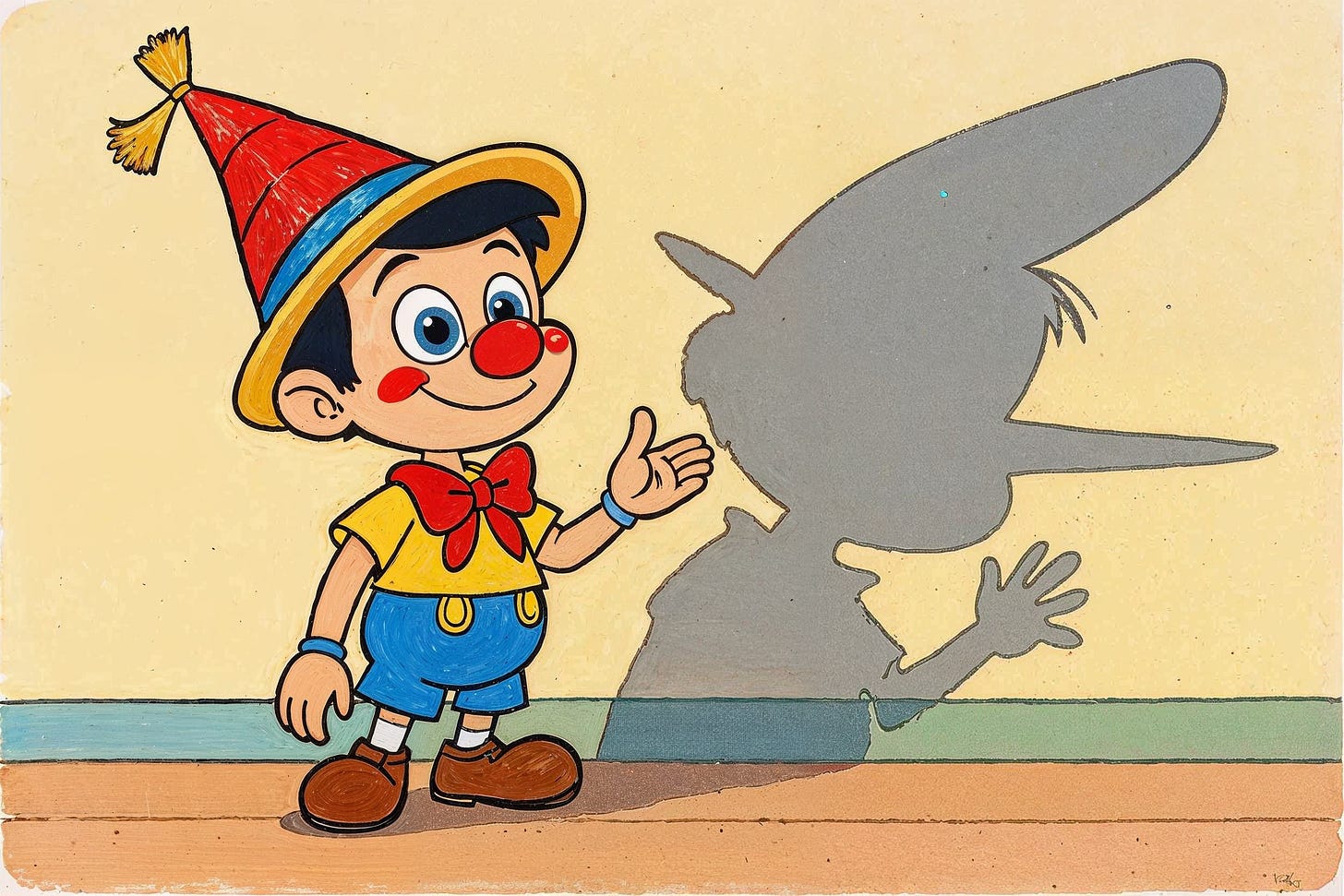When Truths Collide — How to Deal With Doubt, Think Through Contradictions, and Resolve Mental Gridlock
An essay on dealing with dilemmas and thinking straight when nothing adds up—featuring SIX PRACTICAL WAYS to handle conflicting truths.
TRUTH is a deep and contentious topic. Philosophers have debated it for centuries without reaching a consensus. Some say truth reflects reality. Others argue it’s about coherence, usefulness, or social agreement. Some even doubt it means anything at all—just a label we stick on ideas we favor.1
Still, truth matters. A lot. We search for it in courtrooms,…




